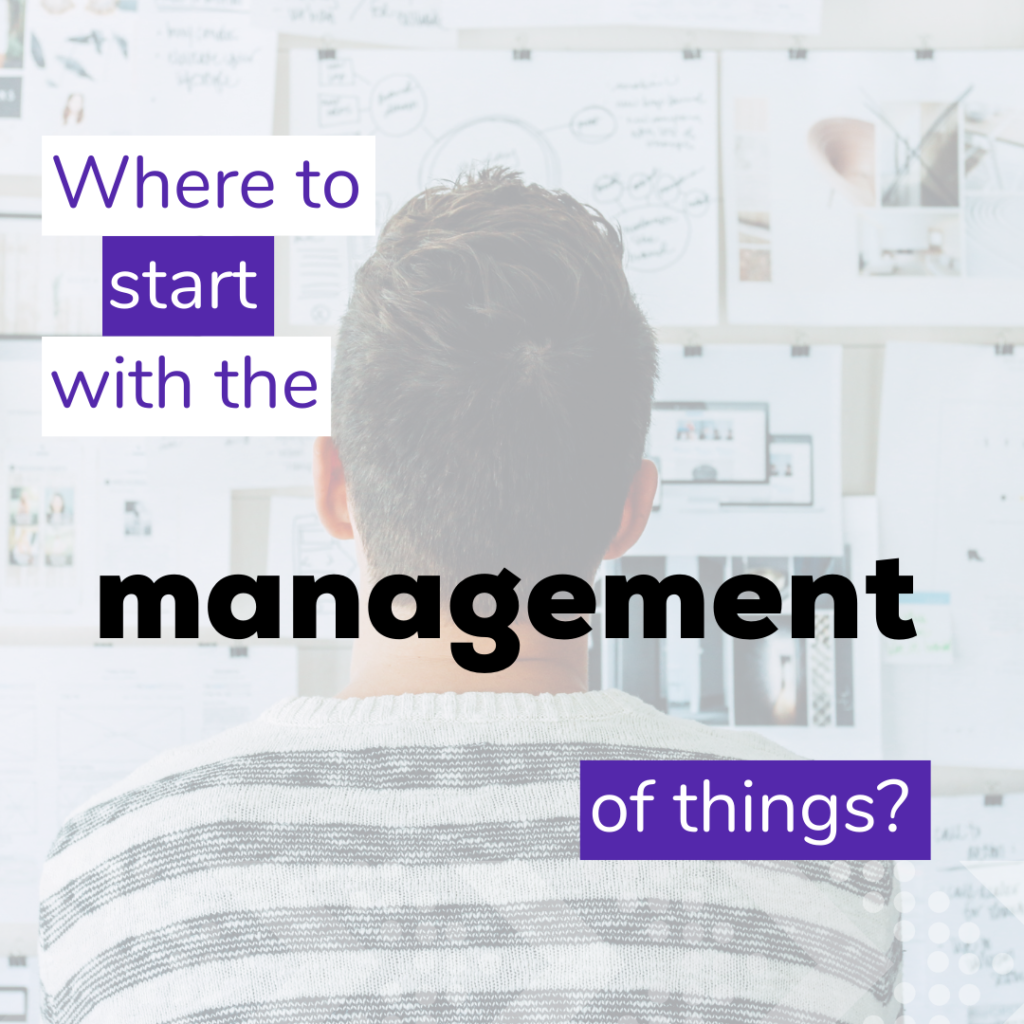
Throughout recent posts we have been touching on a few different elements from our 6 core domains of organisational leadership.
👥 We’ve looked at PEOPLE, with respect to beliefs, attitudes, and behavioural observations.
💬 We’ve touched on COMMUNICATION in the scope of listening, feedback and feeding-forward.
🧭 We’ve briefly observed LEADERSHIP through the lenses of people and positioning our leadership approach and;
💪 We’ve introduced some basic DEVELOPMENT approaches and practices for building capability within our teams.
Next up is the often misjudged yet incredibly valuable MANAGEMENT practices.
The word ‘manager’ usually describes a role responsible for a group of people. However, by management we are referring to the act of managing the activities a team performs. This includes for example: meetings, routine tasks, projects, functions, change, transformation and innovation.
Today there are many management strategies for processes, projects or change that seek to enable effective and efficient conduct of activities. Some common approaches include LEAN and Kaizen, Agile, PMBOK or Prince, Prosci’s ADKAR and 7S to highlight but a few.
So where can we start with our management of things?
Keep it simple: Start assessing your current management practices.
What are you doing already to manage the activities of the team?
Your practices might include: team meetings, planning, measuring, monitoring, reporting, evaluating, improving, standardising, or fixing (probably read ‘firefighting’ instead).
List the practices you currently employ. Then, from that list start with the 3 most regular or repeated practices and answer the following questions for each one:
⚖ What value does this practice bring (desired AND actual) and for who?
⛔ What would happen if this practice wasn’t used?
📊 How do team members rate this practice?
❓ Do we keep it, bin it or improve it?